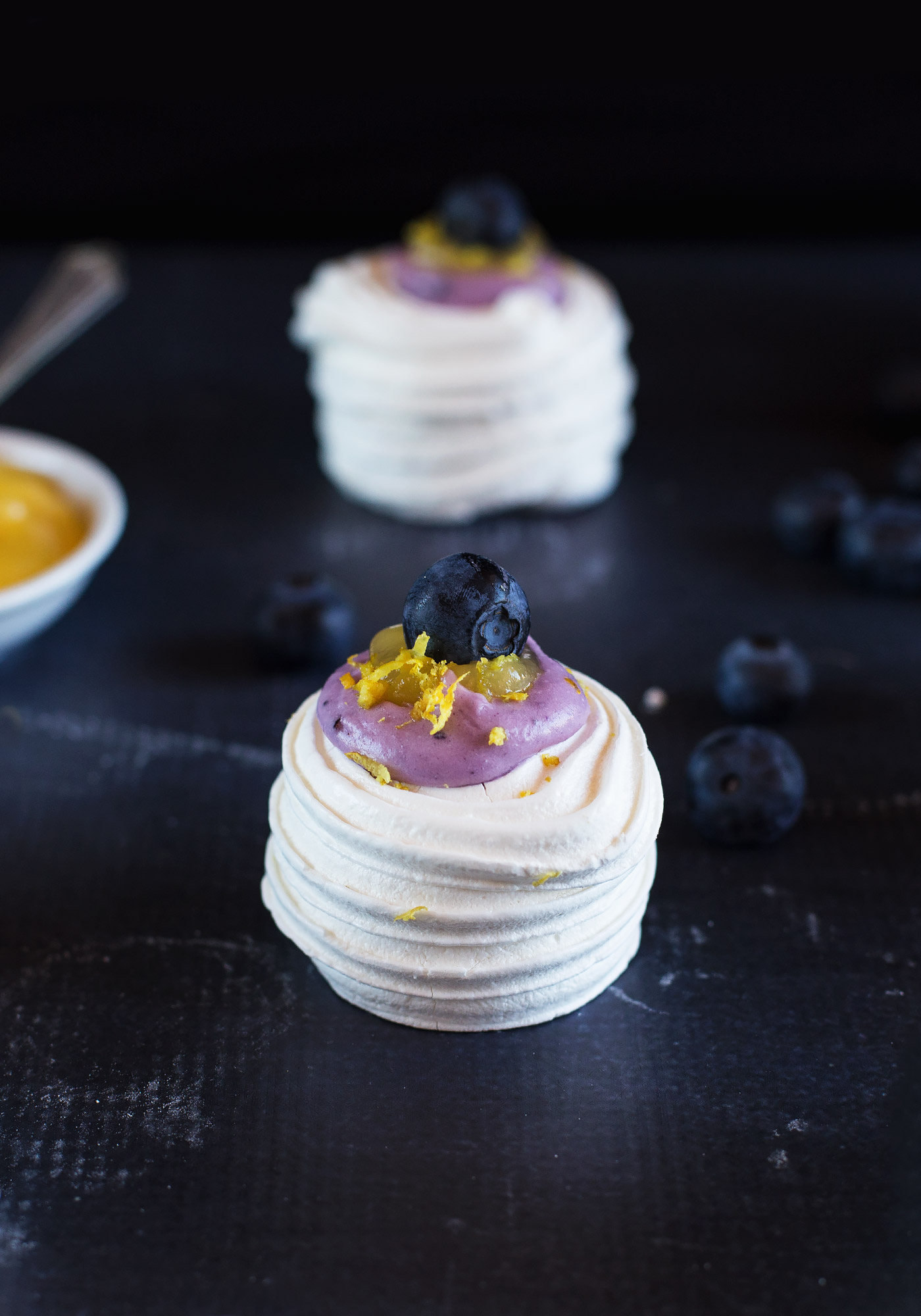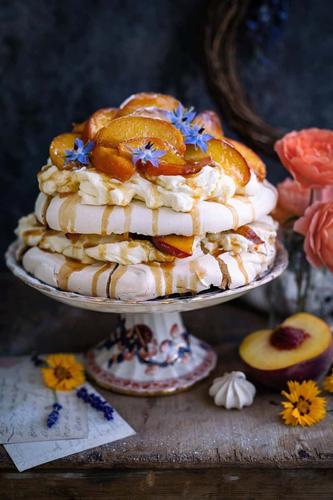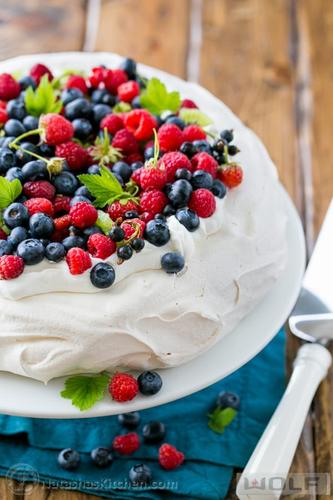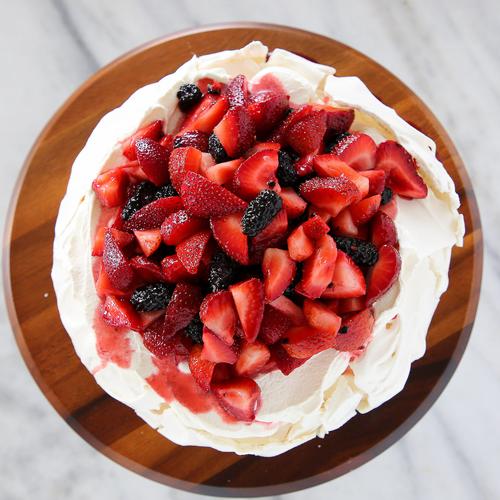Pavlova
The Pavlova is a delightful dessert named after the Russian ballet dancer Anna Pavlova. It's a meringue-based treat that has a crispy crust and a soft, fluffy marshmallow-like center. Originating from Australia and New Zealand, it's an integral part of their culinary traditions.
Not only is this dessert light and sweet, but it's often decorated with fresh fruits and whipped cream on top, making it a visually stunning centerpiece on dining tables. Pavlova is the perfect choice when you want a dessert that is decadently sweet, yet delicate and airy.
67%
CARBS
25%
FAT
8%
PROTEIN
Featured Articles
17 Recipes for Pavlova
Pavlova FAQ
How do I prevent my Pavlova from cracking?
Can I make a Pavlova in advance?
What ingredients are needed to make Pavlova?
What type of sugar should I use?
Can I use egg whites from a carton?
Can I make a smaller or larger Pavlova?
What can I use as a topping for my Pavlova?
What is Pavlova?
How should I beat the egg whites?
How do I know when the Pavlova is done?
Expiration & Storage Tips
When does Pavlova expire?
Pavlovas are delicate sweet treats made from whipped egg whites and sugar, typically filled with fresh cream and fruit. An unopened, store-bought pavlova can last up to 1 week past the printed date on the package when stored in the refrigerator. Once opened or if homemade, pavlovas should be eaten within 2 days for best quality. It's not common to freeze a pavlova as it can affect the texture, making it chewy rather than crisp.
How do you tell if Pavlova is bad?
Telling if a pavlova has gone bad might not be immediately obvious to a kitchen novice. First, look for visible mold or off colors, typically green or brown spots - that's a surefire sign. Then, check the smell. If there's an off or sour stench, rather than the sweet, aromatic scent of sugar and egg whites, it's gone bad. Lastly, if the texture is soggy rather than crisp on the outside and soft on the inside, it's past its prime.
Tips for storing Pavlova to extend shelf life
• Keep your pavlova in an airtight container to avoid it absorbing odors from the fridge.
• Store it in the coldest part of your refrigerator (usually the back), as it will stay cooler there.
• If you have leftovers, it's best to store the pavlova shell and the toppings separately and assemble right before you want to eat it, as the filling can make the pavlova soggy.
• Do not freeze the pavlova. While it's technically possible, it affects the texture significantly.
Health Info
Macros
29g
CARBS
10g
FAT
3g
PROTEIN
Allowed on these diets
VEGETARIAN
GLUTEN FREE
Contains these allergens
EGGS
MILK














